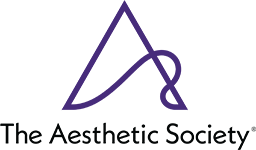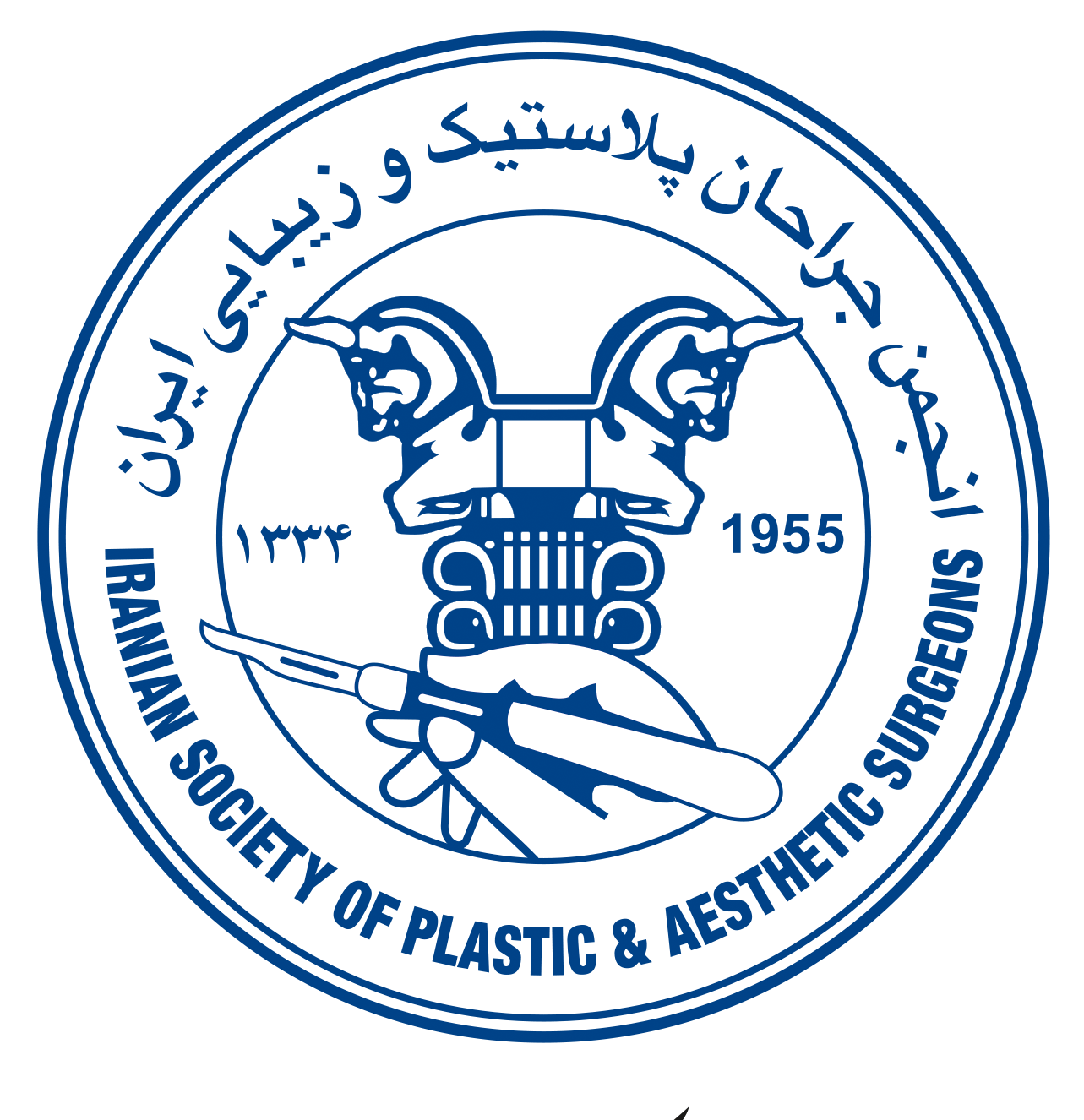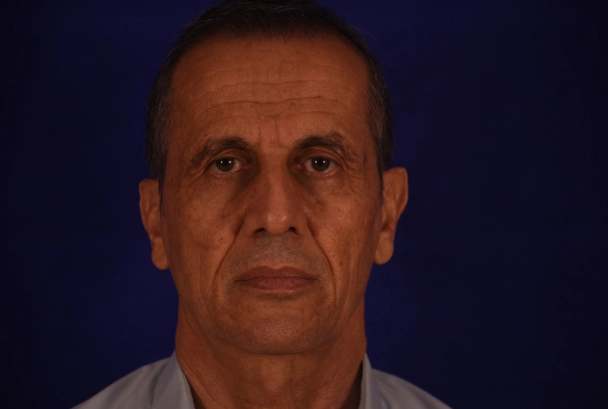A facelift is a procedure performed to improve the appearance and rejuvenate the skin of the face. In this surgery, excess skin is removed from the face and the underlying tissues are tightened to reduce wrinkles and create a younger, more lifted appearance. This procedure is suitable for people who are experiencing sagging skin, wrinkles, and sagging of the face and who want to have a younger appearance.
How to perform a surgical facelift
A facelift, which is a type of cosmetic facial procedure, is performed by making small, precise incisions around the face, which disappear completely after a while. With this method, loose and sagging skin is removed, and the face becomes fresher and younger. The steps of surgical facelift or facelift are as follows:
Facelift surgery techniques
Facelifts are performed in three ways: traditional, mid-face, and mini-facelift. A detailed description of each technique is as follows:
- Traditional Facelift: In this procedure, incisions are made along the hairline, around the ears, and sometimes under the chin. The surgeon then lifts and tightens facial muscles and tissues, and removes excess skin. Procedures such as eyebrow lift surgery are also performed using the traditional method.
- Mid-Facelift: This procedure focuses on the mid-face area, including the cheeks and under the eyes. Incisions are usually made inside the mouth or along the natural creases of the face.
- Mini-Facelift: A mini-facelift is a less invasive procedure than a traditional facelift that is used to tighten and lift specific areas of the face, such as the lower face and neck.
The choice of any of these methods depends on the degree of sagging skin, the individual’s aesthetic needs, and the recommendation of the cosmetic surgeon.
Who is facelift surgery suitable for?
Facelift surgery is suitable for people who have sagging skin, deep wrinkles, and loose facial muscles. A good candidate for this surgery should be in good general health, not a smoker, and not have a history of chronic diseases or taking certain medications that may affect the surgical process and recovery.
Additionally, people with a stable weight who are not likely to experience significant weight changes are better candidates for this surgery. Finally, a specialist consultation with an experienced surgeon is essential to accurately assess the individual’s condition and ensure that the surgery is feasible. You can benefit from the consultation services of Dr. Gharabi, a cosmetic specialist, in order to receive specialist advice in this regard.
Preparations before a surgical facelift or skin tightening procedure
Before facelift surgery, it is essential to follow some tips to ensure a faster and more trouble-free recovery. You should stop drinking alcohol and smoking two weeks before, as these things interfere with the skin’s healing process; also, to prevent bleeding and complications during and after surgery, blood thinners are prohibited during this period. In addition, it is recommended to wear open-fronted clothing on the day of surgery, as changing into tight, collared clothing after surgery may damage the skin and cause discomfort.
Recovery period after facelift surgery
The recovery period after a facelift usually lasts between 2 and 4 weeks, and during this time, the patient should avoid strenuous activities. In the first few days, there may be swelling, bruising, and a feeling of tightness in the skin, which gradually decreases.
Doctors recommend that the patient keep their head elevated while sleeping and use cold compresses to reduce swelling; also, taking prescribed medications, avoiding direct sunlight, and following care tips will speed up the healing process and achieve desired results.
Post-operative care for facelift
Post-operative care after a facelift is essential to speed up the healing process and achieve better results. Following the care tips will help reduce swelling and bruising and allow the skin to regenerate more effectively. Post-operative care after a facelift is as follows:
- Pay attention to and follow your doctor’s advice.
- Take your prescribed medications on time.
- Nutritional care is important; consume enough fruits and vegetables.
- When sleeping, sleep in a way that does not put pressure on your facial skin.
- Drinking plenty of fluids and water is essential during recovery.
- Visit your doctor on the scheduled day to have your stitches removed.
The more you follow the tips mentioned, the fewer complications you will experience during your recovery period.
Examining the benefits and complications of facelift surgery
Just as other cosmetic procedures, such as facial fat injection, have their own advantages and disadvantages, a facelift will also have its own advantages and disadvantages. The table below presents the advantages and disadvantages of this procedure.
| Benefits | Complications |
| Looking younger and reducing wrinkles | Risk of infection and inflammation |
| Improve self-confidence and facial appearance | Bleeding and blood clotting |
| Correcting sagging skin and returning it to its normal state | Swelling and bruising in various areas of the face |
| Reduce deep lines and wrinkles around the eyes and mouth | Damage to facial nerves, causing numbness or weakness |
| Having a more natural and beautiful appearance | Permanent and visible scars |
| Lasting and long-lasting results | Need time for full recovery |
| Maintaining the proportion of the face and neck with each other | Dissatisfaction with results and unexpected changes in facial appearance |
The most important step to reduce the complications of facelift surgery is to see a skilled plastic surgeon, because the more specialized the surgeon, the less likely it is to develop problems such as blood clots and infection.
Facelift surgery: A suitable solution for rejuvenation and beauty
Facelift surgery is suitable for people who have sagging skin, laxity, and wrinkles on the face. In this surgery, incisions are made in specific areas of the face and excess tissue is removed. This procedure has a significant effect on improving self-confidence, rejuvenating the face, and reducing deep wrinkles.
The recovery period for a facelift is usually 2 to 4 weeks, and special care is taken to speed up the recovery process and reduce its complications. Infection and blood clots are important complications of this procedure, and if you refer to a skilled surgeon and are under his supervision, you will be safe from the complications of a facelift. If you decide to have this procedure, we recommend that you benefit from the pre-operative consultation services of Dr. Gholamhossein Ghorabi.
Visitor Comments
About DR. Ghorabi
Get to know/Meet Dr. Ghorabi.

About DR. Ghorabi
Get to know/Meet Dr. Ghorabi.

Fellow of the American Academy of Facial Plastic and Reconstructive Surgery (AAFPRS) or a similar organization such as the American Society of Plastic Surgeons (ASPS).

Official member of the International Society of Plastic and Aesthetic Surgeons

Official member of the Iranian Association of Plastic and Reconstructive Surgeons
FAQs
Who is suitable for facelift surgery?
People who have sagging skin, deep wrinkles, and loose facial muscles and are in good general health are considered good candidates for this surgery.
How long does the recovery period last after a facelift?
The recovery period after a facelift is usually between 2 and 4 weeks, during which you should avoid strenuous activities.
Does facelift surgery have any complications?
Like any other surgery, a facelift may be associated with complications such as bleeding, infection, swelling, and bruising, but these complications can be reduced by following care tips and choosing an expert surgeon.
What care is necessary after facelift surgery?
Following your doctor’s recommendations, taking prescribed medications, taking care of your nutrition, and getting enough rest are among the important care after facelift surgery.
What is the best age for a facelift?
Typically, it is recommended from the ages of 45 to 60, depending on your facial condition and physical examination, your expectations, and the opinion of your plastic surgeon.
Can creams on the market that are advertised as facelifts really lift the face?
No. The penetration of these creams is limited to the skin. While most facial sagging is related to the loosening of the subcutaneous soft tissue.
Do facial muscles tighten when the skin of the face is pulled?
The loose muscles under the skin are tightened and excess skin is removed. Tightening the muscles prevents the appearance of “turkey neck” and gives the person a younger appearance.
Due to the elasticity of the skin, if only the skin is removed, the results of the procedure would be temporary and the face will soon return to its original shape in less than 8 to 10 weeks after the procedure.
Does facelift surgery eliminate dark circles and puffiness under the eyes?
If this condition exists, it is better to undergo eyelid surgery. Because this type of surgery reveals the hidden and invisible beauty of your eyes.
Although facial surgery makes corrections in this area, it does not meet the expectations of such people. People with the above conditions should request facelift, blepharoplasty, and skin tightening at the same time.
Why is revision facial surgery more difficult than the initial surgery?
There are several reasons why revision surgery is more difficult than the original surgery. After any surgery, the surgical scar creates a thick, rough layer that is much more difficult to work with than the original tissue.
The original anatomical location of the areas of interest has changed, and the skill and knowledge required to perform revision surgery is greater than that required for the original surgery.
Revision surgery for facelift surgery may take longer because of the need to make corrections to the results of the original surgery. It is best for the patient to be fully informed about the events and complications of the original surgery so that they can undergo revision surgery with full awareness.
How long do the stitches stay after a facelift?
At the first check-up on the morning after surgery, the drain and dressing will be removed. You should take good care of the stitches near your ears and wash them with cotton soaked in peroxide to disinfect and keep them clean, and apply antibiotic ointment to them once a day. Sutures that are lubricated with ointment will cause less pain when removed. You can return to have your stitches removed after 5 to 7 days.




